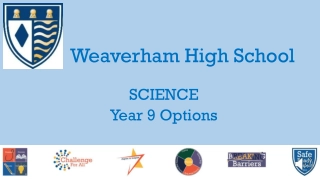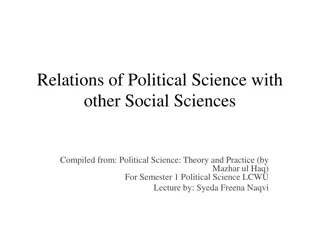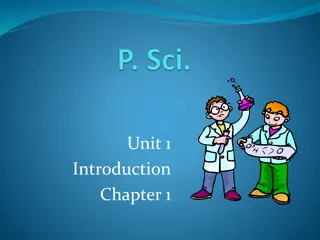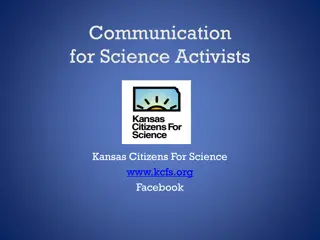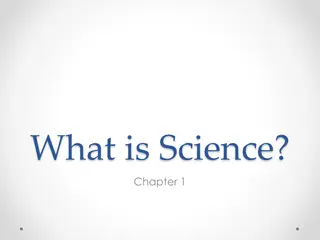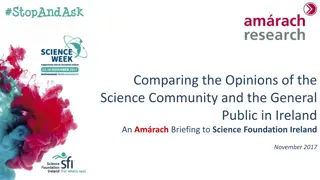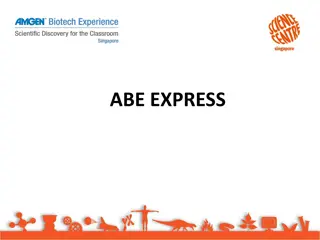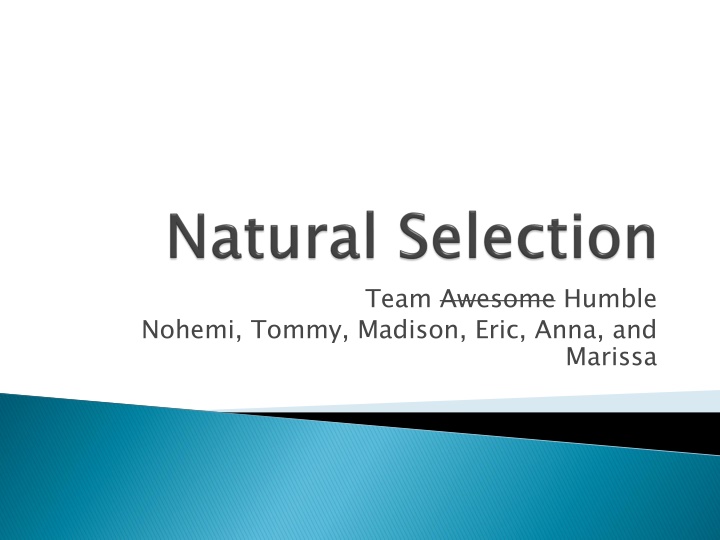
Genetic Traits and Evolutionary Adaptations Activity for Students
Engage students in a hands-on activity to explore genetic traits and environmental adaptations through the example of peppered moths. This activity encourages critical thinking, observation, and understanding of natural selection concepts.
Download Presentation

Please find below an Image/Link to download the presentation.
The content on the website is provided AS IS for your information and personal use only. It may not be sold, licensed, or shared on other websites without obtaining consent from the author. If you encounter any issues during the download, it is possible that the publisher has removed the file from their server.
You are allowed to download the files provided on this website for personal or commercial use, subject to the condition that they are used lawfully. All files are the property of their respective owners.
The content on the website is provided AS IS for your information and personal use only. It may not be sold, licensed, or shared on other websites without obtaining consent from the author.
E N D
Presentation Transcript
Team Awesome Humble Nohemi, Tommy, Madison, Eric, Anna, and Marissa
Students should be able to: Predict genetic traits will increase probability of survival in a given environment. Develop explaining how alterations to the environment gave dark forms of peppered moths advantages over pale forms during the Industrial Revolution. Standard 7.d: Students know variation within a species increases the likelihood that at least some members of a species will survive under changed environmental conditions. Predict how differing Develop a hypothesis Learning Goal Learning Outcomes
Break into teams of two Each team should have: 2 predatory spoons, 1 black tree, 1 white tree, white moths, black moths Put all moths on the white background. You and your partner have 30 seconds to eat (use spoon) as many moths as you can (you may only eat one moth at a time). NOTE you want to eat as many moths as possible in order to survive.
What did you guys notice during this activity? What happened on the white background? What happened on the black background? Which color moth survived better in each environment? These moths were each the same species, what caused the color difference? Genetic variation Mutation Which genes were passed with greater frequency when the trees were white? When the trees were black?
Predict what happened to the moths when the pollution decreased?
Dead Leaf Mantis Pygmy Sea Horse
Diversity Learning styles visual, auditory, kinesthetic Video what about colorblind students? Consider pairing males and females together Assessment Discussion after engagement activity One-minute essay Mimicry connection Alignment Diversity Assessment Alignment

